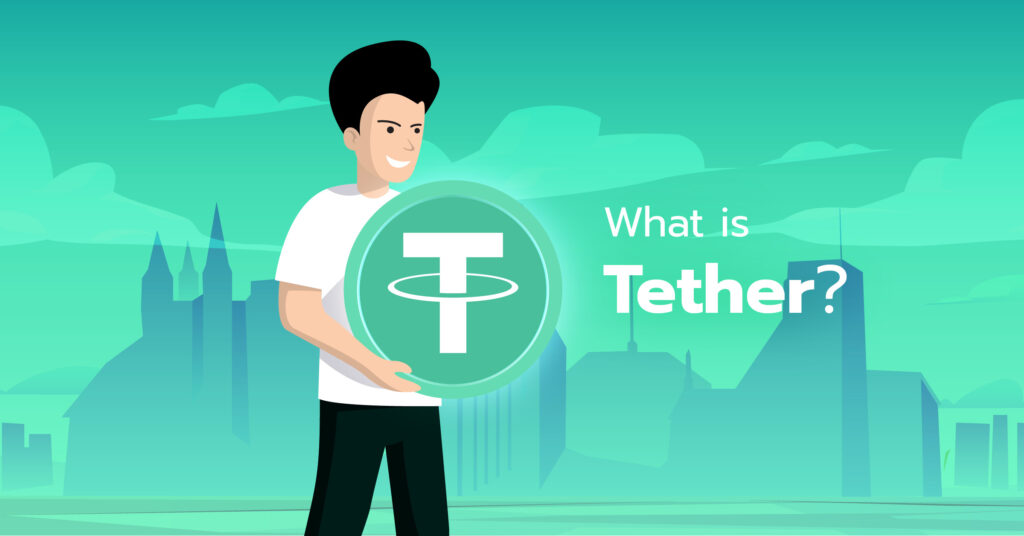In the world of cryptocurrency, Tether (USDT) stands out as one of the most popular stablecoins. It’s one of the most commonly used stablecoins in the cryptocurrency world. It offeres a way for users to move in and out of crypto markets without dealing with the volatility that is typical of other cryptocurrencies like Bitcoin or Ethereum.But what exactly it is, and how does it work?
What is Tether?
Tether is a type of cryptocurrency known as a “stablecoin.” Unlike Bitcoin or Ethereum, whose prices can be highly volatile, it aims to maintain a stable value, usually pegged 1:1 to a traditional currency like the US Dollar. This means that 1 USDT is meant to always be worth 1 USD. It is designed to offer the benefits of digital currencies while avoiding the price swings associated with other cryptocurrencies.
How it Works:
Tether works by maintaining a reserve of real-world assets (like US Dollars) that back the Tether tokens in circulation. For every Tether issued, there is supposed to be an equivalent amount of fiat currency held in reserve by the company behind it. This is meant to keep its value stable and make it a reliable store of value for users in the crypto world.
When you buy Tether, you exchange your fiat currency for USDT, and the company behind it holds your dollars as a reserve. You can then use it just like any other cryptocurrency. People use it for trading, sending money, or as a way to hedge against the volatility of other cryptocurrencies.
Example:
Imagine you are a cryptocurrency trader. One day, Bitcoin’s price drops significantly, and you’re worried about losing money. Instead of holding onto your Bitcoin and risking further losses, you decide to convert your Bitcoin into Tether (USDT). Since Tether is pegged to the US Dollar, its value won’t drop as drastically. Now, you’re able to wait for the market to stabilize without worrying about your holdings losing value.
Advantages:
- Stability: It offers a safe way to store value during times of market volatility, as it’s pegged to the US dollar.
- Liquidity: USDT is widely accepted across many exchanges, making it easy to trade and transfer without worrying about price swings.
- Low Fees: Since it’s a digital asset, transferring Tether between exchanges usually comes with lower fees than traditional banking methods.
Disadvantages:
- Lack of Transparency: Some critics argue that Tether Ltd. doesn’t fully disclose its reserves, raising questions about its actual backing.
- Centralized Control: Unlike Bitcoin, which is decentralized, it is controlled by a private company, giving them significant influence over the coin.
- Regulatory Concerns: Governments and regulators have raised concerns about the potential risks stablecoins like Tether pose to the financial system.
Conclusion:
Tether is a widely used stablecoin that helps mitigate volatility in the crypto market. It offers advantages like price stability and liquidity but also comes with risks, including centralization and transparency concerns. While useful for traders, it’s important to stay aware of potential challenges and regulatory changes in the stablecoin space.
– Ketaki Dandekar (Team Arthology)
Read more about Tether here – https://www.investopedia.com/usdt.asp
